5. Mathieu Kassovitz – La Haine (1995)
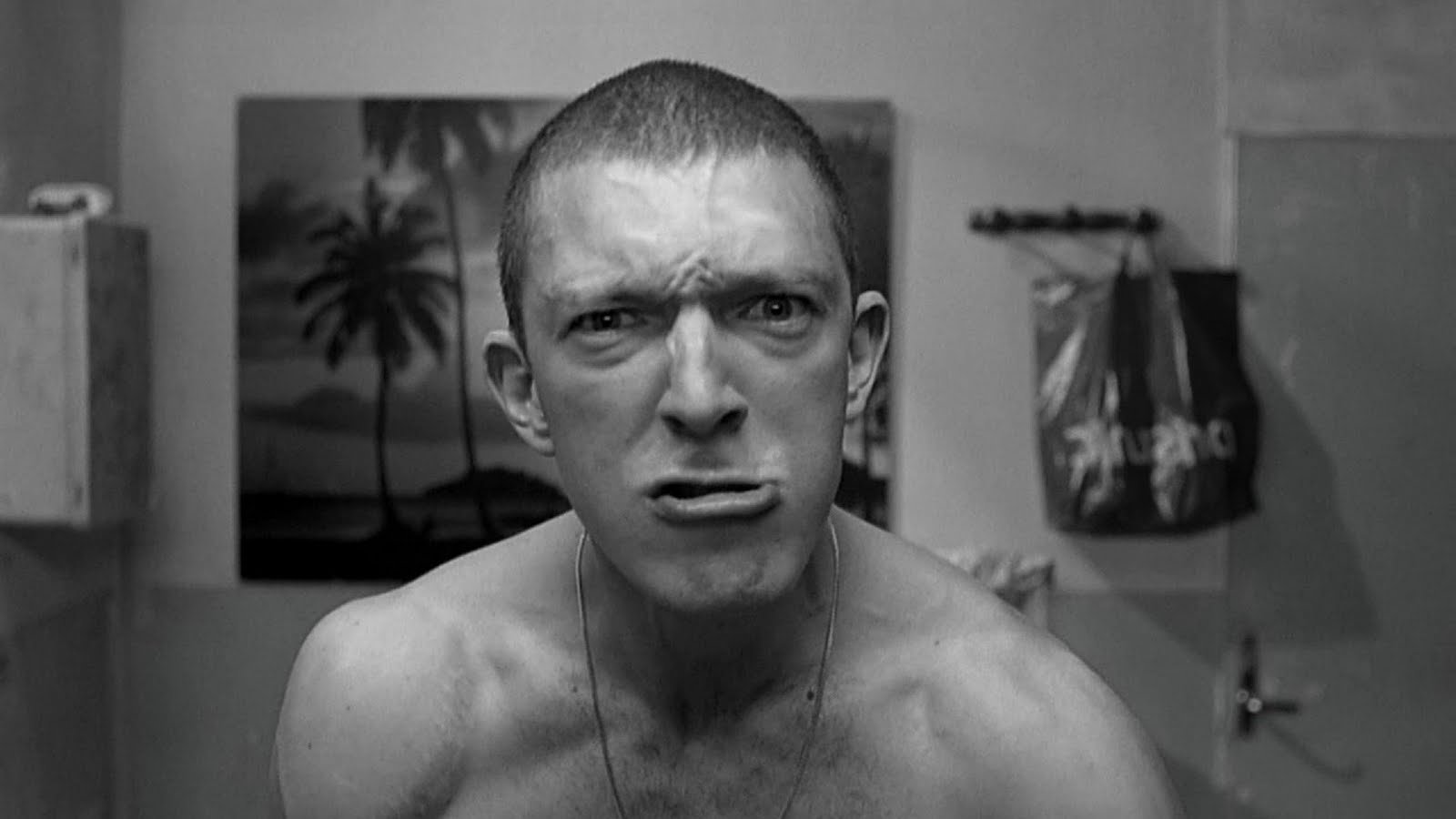
Mathieu Kassovitz’s is the most likely filmmaker to split opinion on this list, and whether you deem him a worthy inclusion will depend on your personal definition of a ‘hit.’ If going solely by financial success, he has three prosperous films under his belt already. However, going with the criteria that a hit should be both profitable and unanimously appraised as a body of work, then La Haine is his only current hit at the time of writing.
In 1995, France was a country going through dark, turbulent times. Society was engulfed in a state of panic, as mysterious shootings and bombings in Paris suffused fear and hysteria throughout France. In addition to the constant threat of violence, unpopular welfare reforms and strict austerity measures imposed by an unpopular right-wing government were suffocating the nations less fortunate, sending many citizens into disarray.
However, in times of fear and anger, it is often the case that socially conscious artists create their best work, and La Haine was the masterful product of an artist holding a magnifying glass up to the Zeitgeist.
The film follows three young men living in the ghetto of Paris, taking place the day after a major riot. After finding a cops lost handgun, Vinz (Vincent Cassel) makes a vow to use it to murder a police officer, should his friend die in hospital as the result of a brutal beating he received while being held in police custody.
Over 20 years later, La Haine is still an emblem of France’s social and political climate, as recent riots and atrocities committed by terrorists have ensured that the fear and anger felt in 1995 is still rife. La Haine is a film that spoke for the voiceless upon its release, and people listened, with then Prime Minister Alain Juppe even screening it for his Cabinet.
Unfortunately, the directors Hollywood output has consisted of poorly received genre films, including the Halle Belly starring chiller Gothika and Vin Diesel action vehicle Babylon A.D. Hopefully one day he’ll return to his roots and unleash another politically charged masterpiece which represents current upheaval.
4. Dennis Hopper – Easy Rider (1969)
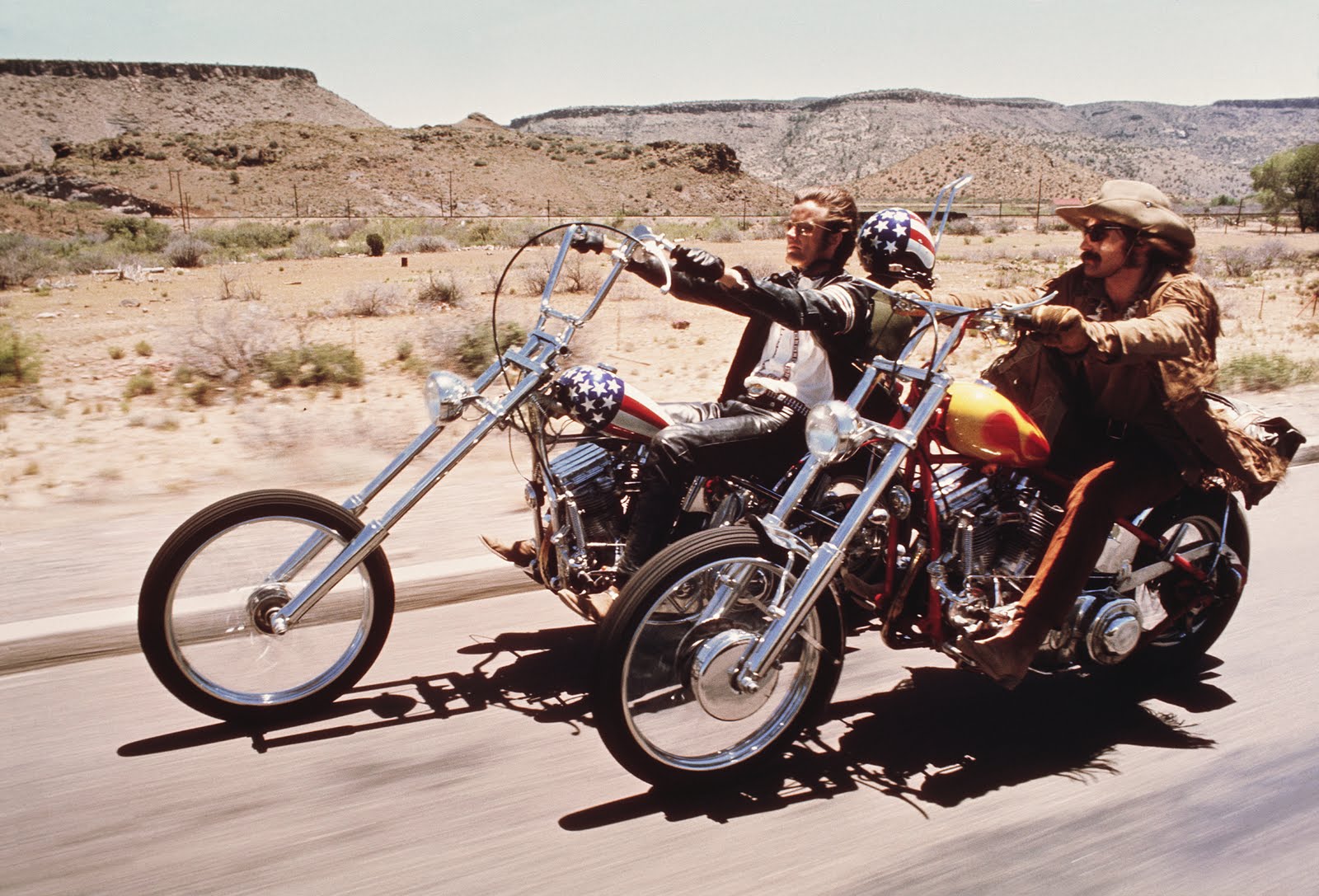
Like Billy Bob Thornton, Dennis Hopper’s career was synonymous with acting, through which he graced our screens with many stellar performances. However, as a director he helped usher in a new era of Hollywood with the seminal Easy Rider. The success of this biker film helped spawn a wave of films in lieu with the changing of the times, as youth counterculture moved away from conservative traditionalism. Unfortunately, his sophomore feature The Last Movie was the first in a slew of subsequent slumps.
However, Easy Rider was a box office smash, generating a whopping $60 million against a budget of under $400,000. In 1998 it was added to the United States National Film Registry due to its cultural significance, which is a pretty remarkable achievement for a ‘one-hit wonder.’
At the time, Easy Rider made a sweeping statement by rebelling against conformity. It advocated the free love and free thinking ethos of a large contingent of America’s youth at the time, while inspiring others to follow-suit. Easy Rider is unquestionably one of the most important films in the history of American cinema, as it was crucial in reshaping Hollywood.
3. Daniel Myrick & Eduardo Sanchez – The Blair Witch Project (1999)
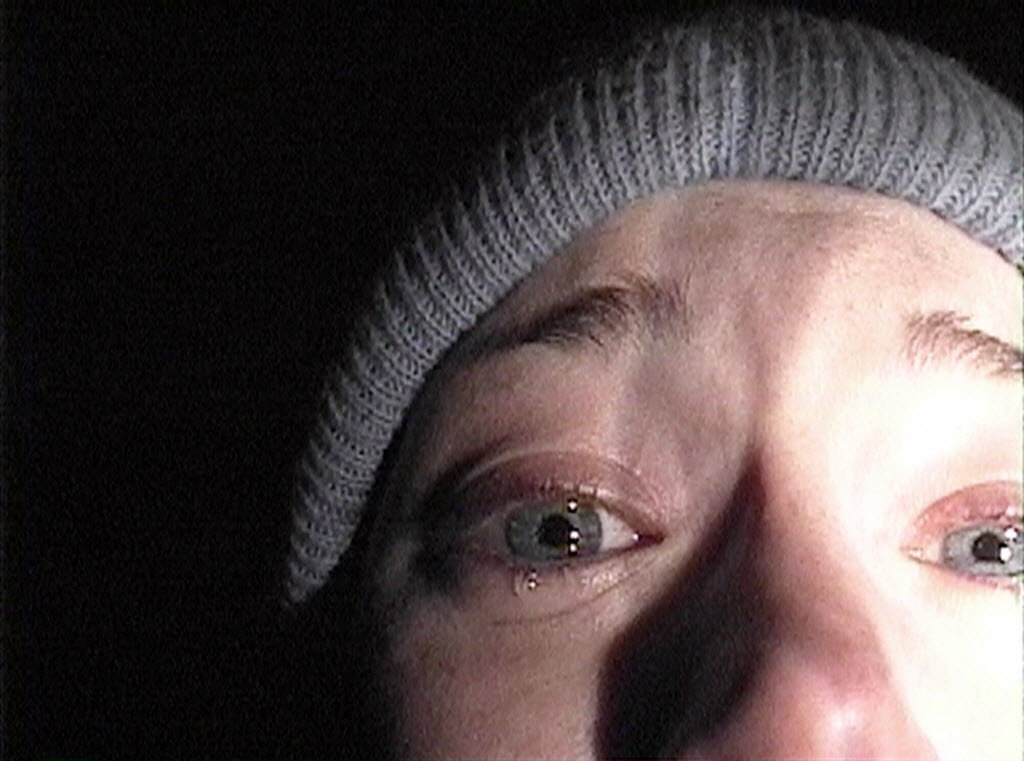
Arguably the most polarizing film on the list, the influence of The Blair Witch Project continues to be felt on the horror genre, through the popularity of supernatural found footage movies. However, despite its success and legacy, it didn’t quite launch the careers of its directors to stratospheric heights, and both filmmakers have continued to operate in the annals of low budget, independent horror ever since with little notoriety.
Set in the real town of Burkittsville, Maryland, The Blair Witch Projects recounts the footage of three film students that got lost in the woods and never returned while investigating a local urban legend. Their footage was then compiled and released as a movie.
Despite not being the first genre movie to implement a faux-documentary style, it’s without a doubt the poster child for the format. The Blair Witch Project ushered in found footage horror for the new millennium, and it’s a prime example of the technique being used effectively – as a way of creating scares rather than cutting costs. The initial marketing campaign was quite genius, even fooling some gullible viewers into believing the events depicted on screen actually happened.
In the history of cinema, Sanchez and Myrick might go down as one-hit wonders, but that shouldn’t deter people from exploring their other films, as they have released some quality horror fare individually since their collaborative career progenitor, especially Sanchez’s Lovely Molly and Exists.
2. Robin Hardy – The Wicker Man (1973)
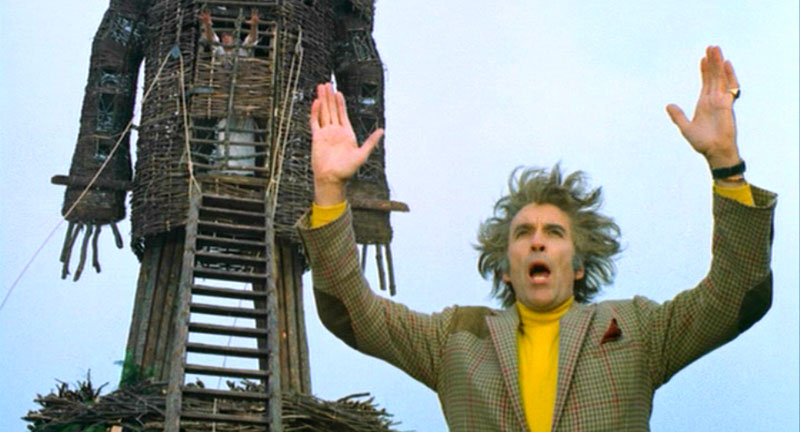
In a career spanning 43 years, Robin Hardy has directed a meagre three feature films, one of which can be considered a cult ‘hit’ – and it just happens to be one of the most influential horror films that’s ever existed. The Wicker Man is a cornerstone of British cinema, and its influence permeates throughout the horror genre to this day; modern day films such as Kill List (2011) and Black Death (2010) – and others – wear its influence on their sleeves as a badge of honor.
It tells the story of Sargent Howie (Edward Woodward), a police officer tasked with investigating the disappearance of a missing girl on a remote Scottish island occupied by a strange community of residents, whose penchant for singing, dancing, free loving and Pagan worship instils him with confusion, anger and fear. The island is overseen by Lord Summerisle (Christopher Lee), whose anti-Christian beliefs and practices have ensured that the community has been able to sustain itself for generations.
The Wicker Man is a strange movie; expertly weaving offbeat comedy, murder mystery, folk musical and harrowing horror to create a film that’s often hilarious and constantly menacing. Furthermore, it poses some thought provoking questions about gender politics and religion, going against the grain of traditional societal norms at the time. Most directors would be pleased if their career body of work was as impactful as Hardy’s sole hit, and it’s a film that still packs a punch in 2016.
Like all good horror movies, it was naturally remade in 2006 – albeit into a train wreck starring Nic Cage at his scenery chewing best.
1. Jim Sharman – The Rocky Horror Picture Show (1973)
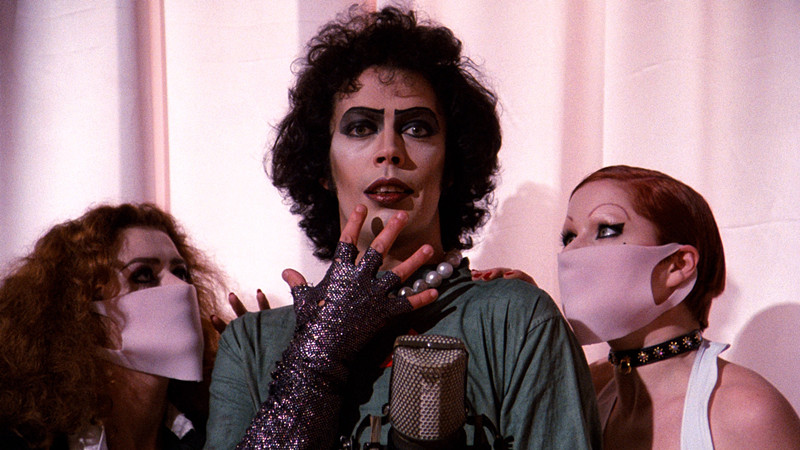
Between 1972 and 1981, Australian theatre director and filmmaker Jim Sharman directed five feature length films, starting with the sci-fi comedy Shirley Thompson vs. The Aliens and ending with Shock Treatment, a sequel to his international mega hit The Rocky Horror Picture Show. He then returned to his stage production roots for nearly 40 years, resurfacing briefly in 2012 to direct a short film dedicated to Andy Warhol.
The Rocky Horror Picture Show is, however, the work that’s become synonymous with Sharman’s legacy. Based on a Broadway musical of the same name, it pays homage to horror and science fiction films of the ‘30s through to the ‘70s, through the story of Janet (Susan Sarandon) and Brad (Barry Bostwick), two newly engaged squares searching for their college professor, Dr. Scott (Jonathan Adams).
While on their journey, their car blows a flat tire outside a creepy mansion, inhabited by one Frank N. Furter (Tim Curry), a transvestite alien who is building the perfect man.
While Sharman’s other films didn’t quite reach the same critical or commercial heights, The Rocky Horror Picture Show has enjoyed longevity as a cult classic to this day; both as a film and stage production. It’s a beloved pop culture phenomenon that will continue to find audiences for generations to come. In his limited cinematic work, Sharman has achieved Frank N. Furter’s scientific mission: to create the perfect, living ‘one hit wonder.’
At the time of writing, a remake is currently in production and scheduled to be released in the near future.
Author Bio: Kieran Fisher is a freelance writer and life-long film fan from Glasgow, Scotland. When he isn’t watching movies, he’s writing about them for various websites and publications. He’s also an ardent defender of remakes of his favourite movies, much to the dismay of his peers.